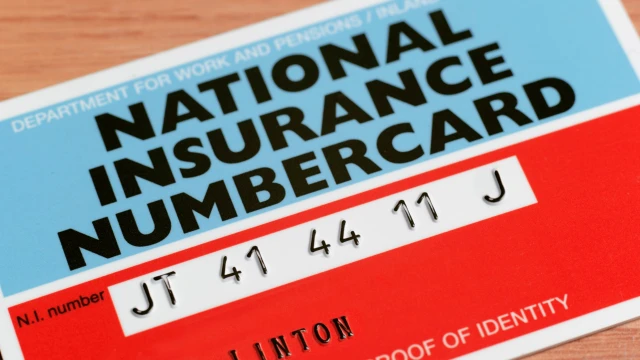Finally, it is not just the income tax arrangements that change with the move to Partner. National Insurance contributions (NIC) paid as a partner are also slightly different.
Employees are subject to Class 1 NIC contributions. In 2021–22, the rate for those earning more than £9,568 per year and up to £50,270 was 12% of the amount earned between those thresholds. Those earning more than £50,270 also pay 2% on all earnings over that amount. Employees’ contributions are deducted from wages by the employer.
Changes to these rates were announced as part of the 2022 Spring Statement for the 2022–23 tax year. The amount of National Insurance has increased by 1.25% from April 2022. In addition, the lower-earnings limit will rise to align with the income tax thresholds from 6 July 2022.
This means that Class 1 NIC rates will be 13.25% for those earning more than £9,880 and up to £50,270 per year, and 3.25% for amounts over £50,270. From 6 July 2022, this will change to be 13.25% for those earning more than £12,570 and up to £50,270 per year, and 3.25% for amounts over £50,270.
Meanwhile, partners are subject to Class 2 and Class 4 NIC. The current rate for Class 2 NIC contributions is a flat £3.15 per week. Class 4 NIC contributions are paid as a percentage of the partner’s annual taxable profits — 10.25% of profits between £9,880 and £50,270, and a further 3.25% on profits over £50,270 (2022–23). They are paid on the same self-assessment schedule in January and July.
Being aware of these requirements at the outset of promotion to Partner and seeking advice can help avoid problems when those dates come around.
Content source: https://www.ey.com/en_uk/ey-frank-hirth/tax-implications-employee-to-partner
Image credit: insider.com

Comments are closed